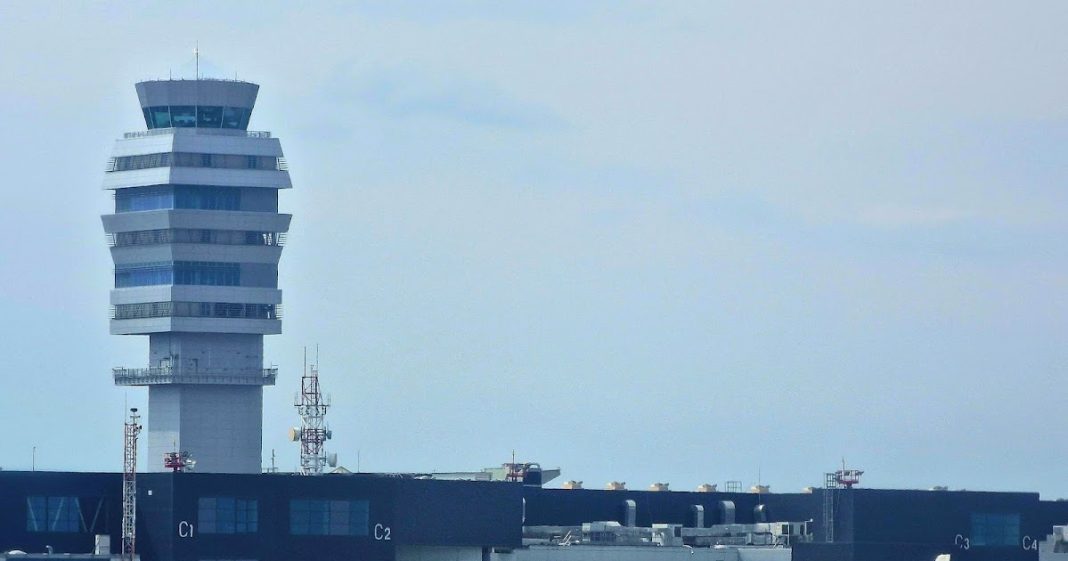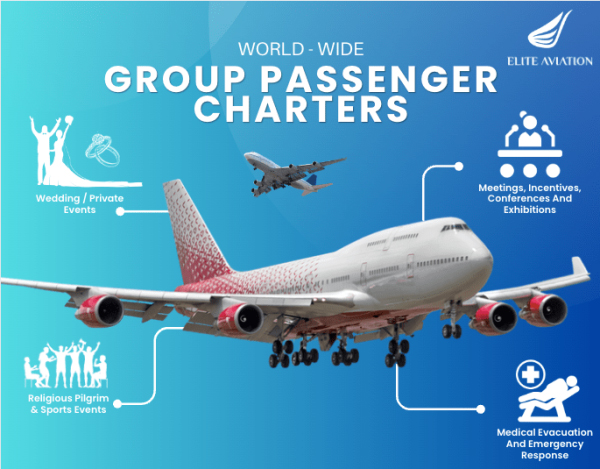[ad_1]
The airports in Belgrade, Sarajevo and Zagreb will be the fastest-growing in the former Yugoslavia during the ongoing second quarter (April, May and June). The trio will add the most scheduled capacity compared to the same period the previous year. Belgrade Airport will lead the way, with an additional 271.140 seats. The growth coms primarily as a result of Air Serbia and Wizz Air. The national carrier is in the process of launching five new routes during the second quarter adding an extra 91.487 seats during the three-month period compared to last year. Wizz Air has an additional 72.610 seats on the market as a result of two new routes and the change in based aircraft from the Airbus A320 to the A321neo.
Sarajevo Airport will boast an additional 192.163 seats. The strong growth comes primarily as a result of Ryanair, which has launched five new routes. Furthermore, most carriers serving Bosnia and Herzegovina’s capital will increase frequencies and seats. Ryanair brings 87.026 additional seats to Sarajevo over the three-month period, while Pegasus Airlines will add an extra 26.716 seats when compared to the previous year.
Scheduled capacity difference at airports in the former Yugoslavia, Q2 2025 vs Q2 2024
Zagreb will continue to benefit from Ryanair’s operations in the second quarter of 2025. The budget carrier is increasing its capacity by 23.8% on Q2 2024, adding 116.716 seats onto the market after increasing frequencies on a number of routes and introducing a new service. It will be followed by Croatia Airlines, boasting an extra 51.417 seats compared to last year. The airline will introduce five new routes from Zagreb in July, however, these fall outside of the second quarter.
The table above is of an informative nature and is correct as of May 5. Airlines constantly revise capacity levels by deploying larger or smaller aircraft, changing frequencies or adding and suspending routes, which will result in some changes to the figures above as the second quarter of 2025 progresses.
[ad_2]
Source link





